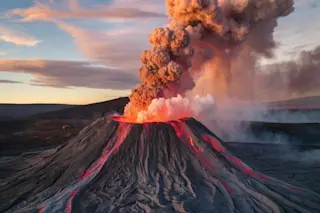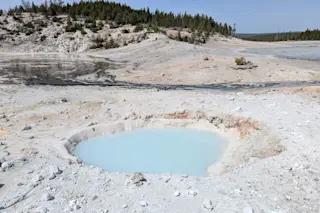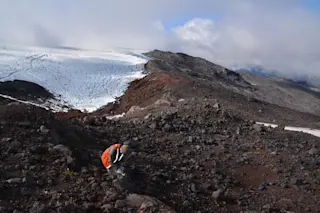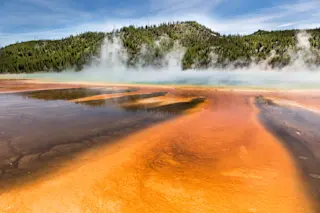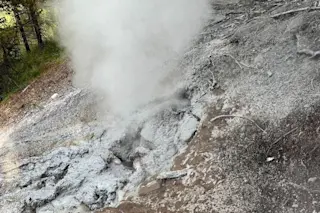In February 2021, Alaska’s Mount Veniaminof erupted, spewing clouds of ash and toxic gas into the atmosphere. Despite this, there were no obvious warning signs prior to the event itself, and the eruption continued for three days before it was detected by scientists monitoring the ice-clad volcano.
This was not the first time the Alaska Volcanic Observatory (AVO) had been caught unawares by Veniaminof, even with rigorous monitoring. In fact, of the thirteen eruptions that have taken place since 1993, all but two have been “stealthy.”
That is, they occurred without the warning signs that typically predict an eruption – namely a rise in seismic activity, increased levels of gas emissions and ground swelling or deformation. Now, scientists writing in Frontiers in Earth Sciences have identified certain characteristics that explain the stealthy nature of Veniaminof and others like it.
“Veniaminof is a case study in how a volcano can appear ...



